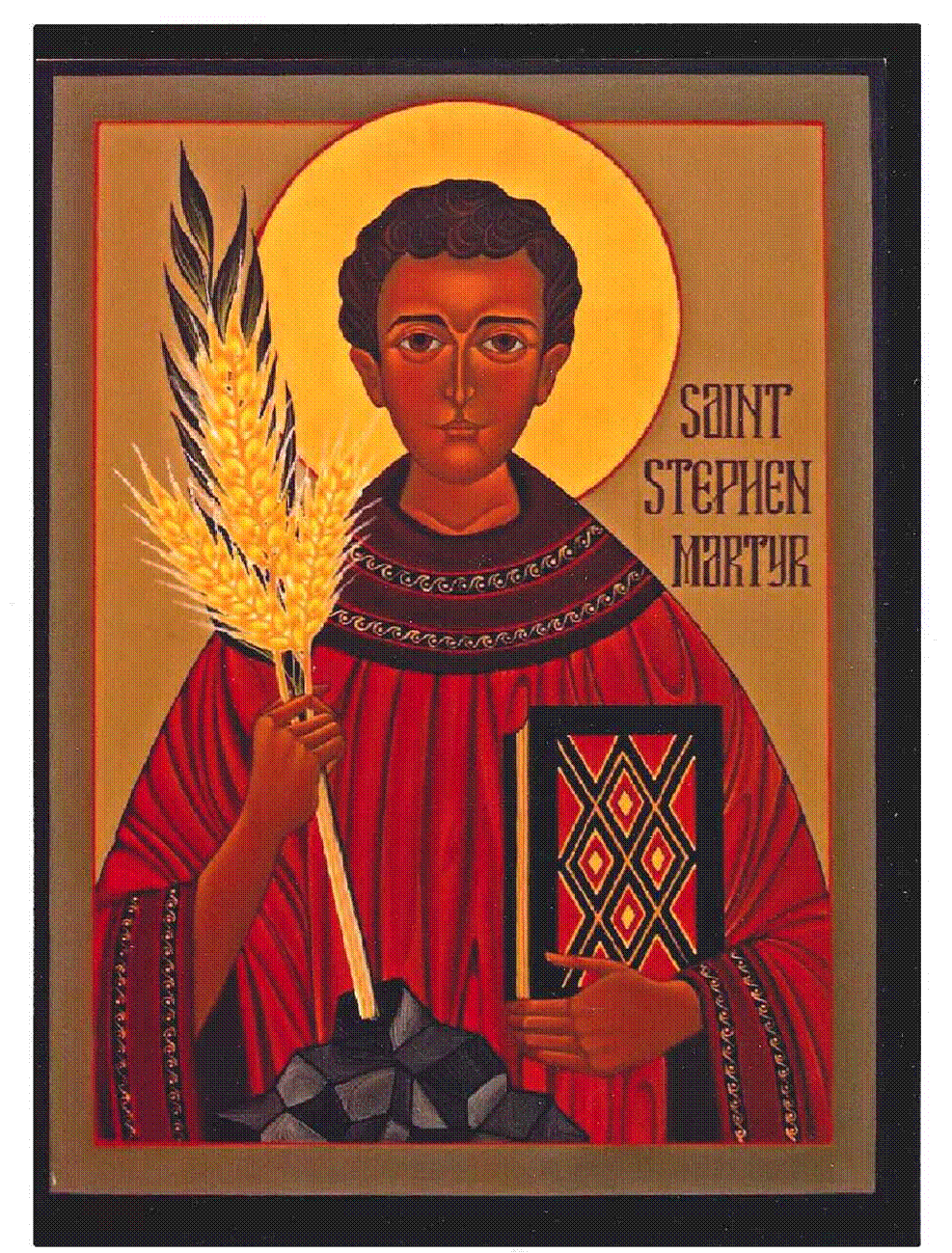Solid Bones
- Ann Iona Warner
- Aug 21, 2022
- 2 min read
Dave and I visited Sante Fe during our recent vacation.
The one goal I had for the visit was to see the "Miraculous Spiral Staircase" at the Sisters of Loretto chapel.

The story is that in the late 1870's the architect who designed the convent, church, and chapel died before designing a link between the chapel floor and the choir loft 22 feet above the floor. The chapel is narrow, so a traditional staircase would have taken up considerable space.
The nuns prayed, specifically to St. Joseph. After the ninth day of prayers, they were greeted by a stranger who volunteered to build a staircase for the nuns. However, he didn't want anyone watching him and checking up on him.
Months later when the nuns checked, the man was gone, without asking for payment. And there was an amazing "floating" spiral staircase leading to the choir loft.
Tradition is that that man was either Jesus or, more likely, St. Joseph.
The staircase was considered miraculous for several reasons.
It was not made of local wood.
It is a double-helix shape (two 360 degree turns) with no visible means of support.
It was made without nails.
Ultimately it was realized that wooden nails were used.
Physics explains the apparent lack of support. Imagine taking a long straight staircase and twisting it into a tight circle, twice. All the pieces are the same, you've just rearranged them.
And a thorough search of historical records showed that the convent paid woodworker Francois-Jean Rochas for a shipment of wood during the estimated time of construction.
There are 33 steps to the staircase, and it originally had no handrails. Apparently, some nuns were so scared of the staircase that they would crawl down on their hands and knees.
Anyway . . .
I picked up a fictional book about the building of the staircase. The premise is that a young Methodist girl from Missouri ends up as a student at the convent school. Some of the story is her impressions of Catholicism, with which she is not familiar.
"Some of their prayers had phrases that gripped me and held me in their jaws, like one of my cats held a mouse. 'They have numbered all my bones' was one phrase. I thought how fitting it was, Christ saying that about himself. Was it blasphemous, I wondered ... to feel that you were so hurt, so exposed, so haunted, that they could number their bones." (The Staircase, Ann Rinaldi)
Ok, Christ didn't say that about himself, the phrase is from Psalm 22. It refers to the fact that the Messiah was destined to die with no broken bones. The entire phrase is part of a Catholic prayer often said after Communion or Mass.
What struck me was the phrase "so hurt, so exposed, so haunted, that they could number their bones."
To have a family so haunted by disease and illness that it feels like no one survives unscathed.
To be hurt by the loss of loved ones.
To be exposed to difficult decisions: do I buy gas or food?
We are all faced with events or situations that we feel can "break" us. But we're never completely broken when we can number all our bones.
--Ann Iona Warner
































Comments